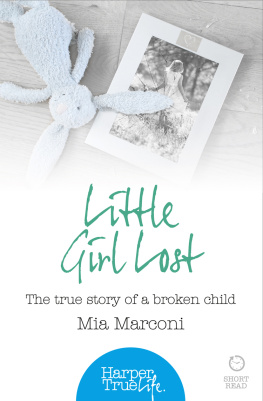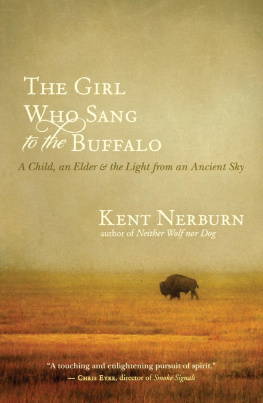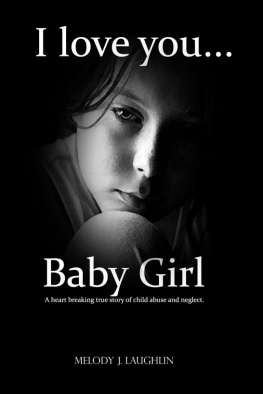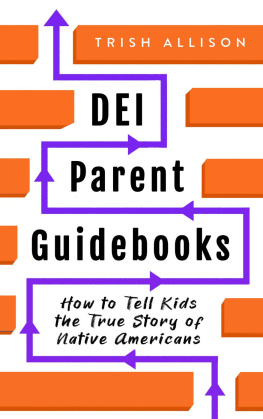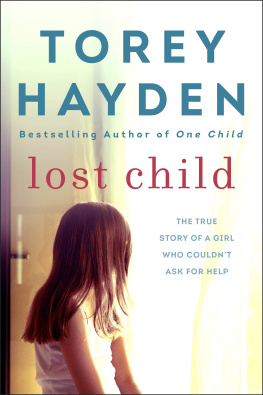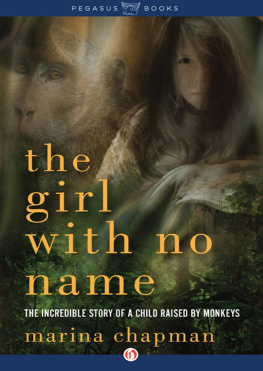Byron L. Dorgan - The Girl in the Photograph: The True Story of a Native American Child, Lost and Found in America.
Here you can read online Byron L. Dorgan - The Girl in the Photograph: The True Story of a Native American Child, Lost and Found in America. full text of the book (entire story) in english for free. Download pdf and epub, get meaning, cover and reviews about this ebook. year: 2019, publisher: St. Martins Publishing Group, genre: Politics. Description of the work, (preface) as well as reviews are available. Best literature library LitArk.com created for fans of good reading and offers a wide selection of genres:
Romance novel
Science fiction
Adventure
Detective
Science
History
Home and family
Prose
Art
Politics
Computer
Non-fiction
Religion
Business
Children
Humor
Choose a favorite category and find really read worthwhile books. Enjoy immersion in the world of imagination, feel the emotions of the characters or learn something new for yourself, make an fascinating discovery.

- Book:The Girl in the Photograph: The True Story of a Native American Child, Lost and Found in America.
- Author:
- Publisher:St. Martins Publishing Group
- Genre:
- Year:2019
- Rating:5 / 5
- Favourites:Add to favourites
- Your mark:
- 100
- 1
- 2
- 3
- 4
- 5
The Girl in the Photograph: The True Story of a Native American Child, Lost and Found in America.: summary, description and annotation
We offer to read an annotation, description, summary or preface (depends on what the author of the book "The Girl in the Photograph: The True Story of a Native American Child, Lost and Found in America." wrote himself). If you haven't found the necessary information about the book — write in the comments, we will try to find it.
Byron L. Dorgan: author's other books
Who wrote The Girl in the Photograph: The True Story of a Native American Child, Lost and Found in America.? Find out the surname, the name of the author of the book and a list of all author's works by series.
The Girl in the Photograph: The True Story of a Native American Child, Lost and Found in America. — read online for free the complete book (whole text) full work
Below is the text of the book, divided by pages. System saving the place of the last page read, allows you to conveniently read the book "The Girl in the Photograph: The True Story of a Native American Child, Lost and Found in America." online for free, without having to search again every time where you left off. Put a bookmark, and you can go to the page where you finished reading at any time.
Font size:
Interval:
Bookmark:
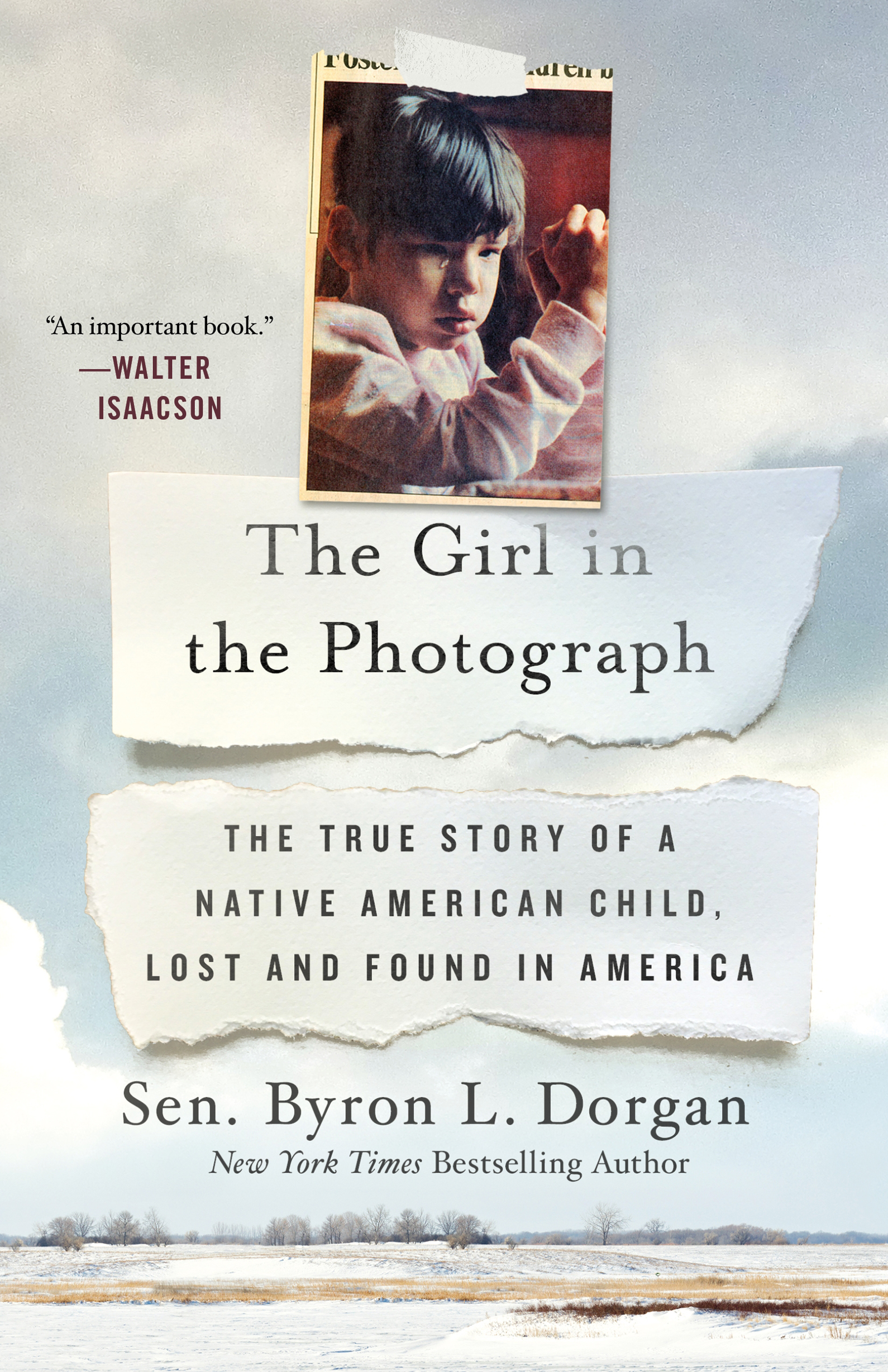
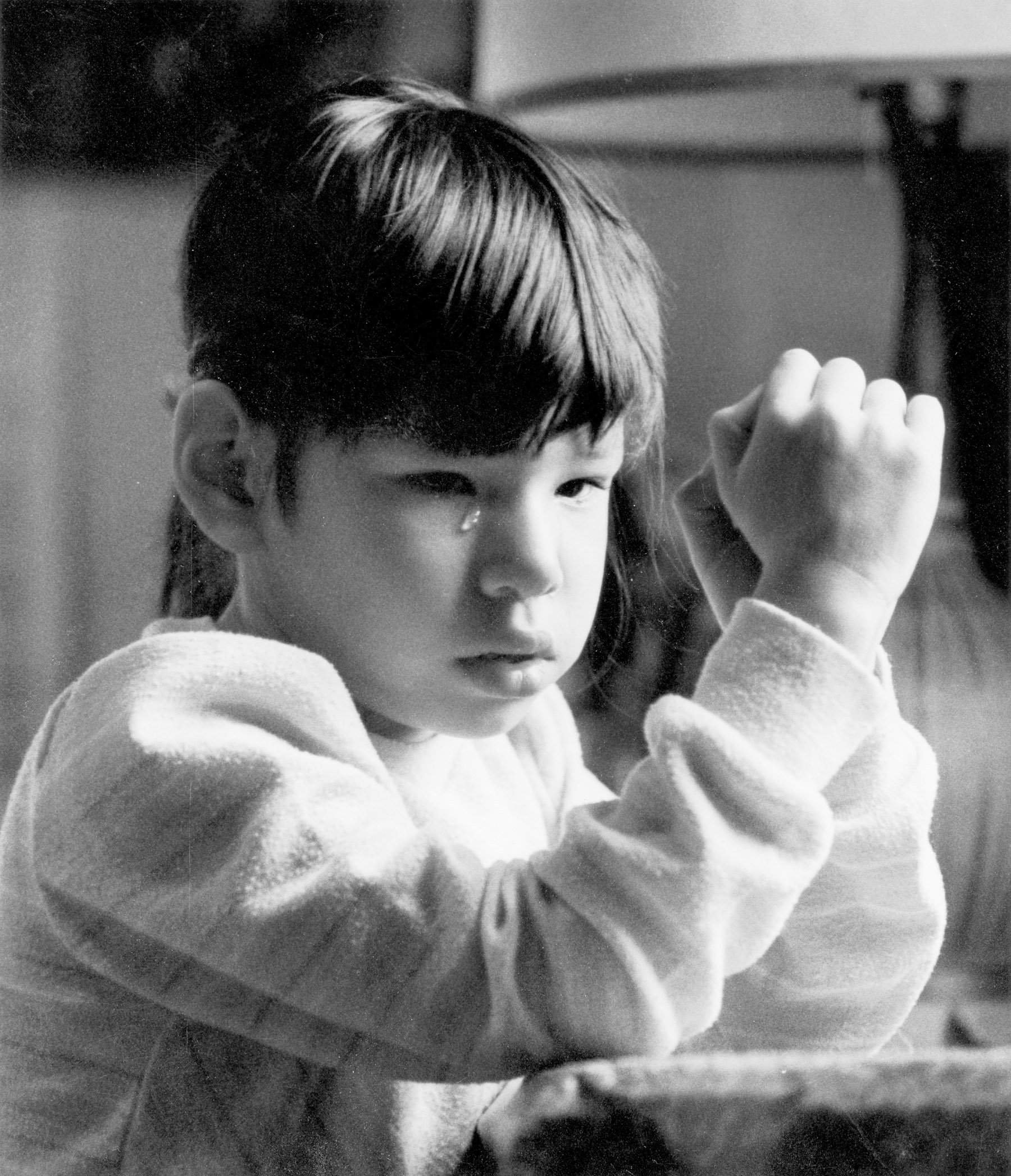

The author and publisher have provided this e-book to you for your personal use only. You may not make this e-book publicly available in any way. Copyright infringement is against the law. If you believe the copy of this e-book you are reading infringes on the authors copyright, please notify the publisher at: us.macmillanusa.com/piracy.
T his book could not have been written without the cooperation of a young woman named Tamara, who, in her first email to me, said that if telling her story could be helpful to other Native American youth, she appreciated that I had told the difficult story of her early life. For this book, Tamara cooperated in telling me her story in terms that I am sure were often painful for her. But she wanted her story to be told in ways that could help other Native American children.
I know her experiences, as tragic as they have been, are not unique. There are other young Native American youth who are now experiencing the same trauma, difficulty, and challenges. The candor offered by Tamara in telling her story is a gift to others going through those same difficulties. It is a message about survival and overcoming obstacles.
I know Tamara to be a wonderful person, full of compassion and continuing to search for opportunities to improve her life.
Tamaras struggles have not been of her own making. The burdens she now carries were visited upon her at a very young age. As this book was written, she found more stability in her life, and I am hopeful that she will have good health, happiness, and a brighter future. I dedicate this book to a remarkable young woman with a spirit I deeply admire. Her name is Tamara, and she is the girl in the photograph!
I also want to acknowledge the special collaboration I have had with Tony Bender, a brilliant editor and writer whose work I have long admired. His contributions to create this book and help tell Tamaras story have been invaluable.
Finally, to my wife, Kim, who has been so wonderfully patient as I worked to complete this book. Thank you for understanding my passion about this story. You have been my constant inspiration for more than thirty years.
Humankind has not woven the web of life.
We are but one thread within it.
Whatever we do to the web, we do to ourselves.
All things are bound together.
All things connect.
CHIEF SEATTLE
Often we dont choose our journey; the journey chooses us.
Thats how this book began.
In 1990, I was reading The Bismarck Tribune at my desk in my U.S. congressional office in Washington, D.C. The front page included a story headlined: FOSTER HOME CHILDREN BEATENAND NOBODYS HELPING. It was about a girl named Tamara from the Standing Rock Indian Reservation who had been so horrifically beaten in a foster home when she was two, that, three years later, she was in full emotional retreat. According to her grandfather, she spent her time huddling in the shadows, singing television jingles as if they were hymns that might bring her into the light.
The article posed the question, Are Indian children being seized from their parents by Bureau of Indian Affairs social workers and practically sold into servitude as a way for the social workers acquaintances to collect a foster care paycheck? With rampant unemployment on the Indian reservation, had children become a government-sanctioned commodity?
The story was captivating. The questions were very important to me as a member of Congress from North Dakota, which has a large Native American population. But what captivated me was the large color picture that accompanied the story.
There she was, Tamara, a beautiful five-year-old with a short bowl haircut, hands clasped as if in prayer, glancing warily at the camera, a single tear running down her cheek, caught in limbo, certainly in darkness, facing an uncertain future. And so it is with too many children on the reservation.
That tear. Its not possible to see that photograph without it being seared into your consciousness. Oh, life can change you in an instant, all right. Tamaras life had been forever altered. So had mine.
According to the story, a Bureau of Indian Affairs Social Services document shows that Tamaras mother had her five children taken from her by court order after accusations of child neglect. At Tamaras foster home, safety was an illusion. She could have died.
During what was described as a drunken party at that home, she suffered massive injuries. Her leg, arm, and nose were broken, and some of her hair was pulled out at the roots. She lay suffering alone in a dark room for several days before social services officials arrived at the home and demanded to see her.
The Tribune story described how the social services representative finally rescued Tamara: As a foster child, Tamara was enrolled in the Fort Yates infant development program. Everything was fine at first. But then the case manager was denied access to the foster home for two weeks. Finally, she went to the foster home with two other social workers. They heard a radio, but nobody answered the door. After repeated knocking, they were finally let into the house.
At first the foster family wouldnt let the social workers into the bedroom where Tamara was laying. They said she had chicken pox. They let us see Tamara after about fifteen minutes, the case manager said. She was bruised all over. Her leg was wrapped in an Ace bandage. Something was wrong with her arm her toes were swollen.
I told them we would have to take her to the Fort Yates hospital It seemed like shed shut down. Youd look into her eyes and it was like she wasnt there.
Her grandfather was a former tribal policeman who, according to the newspaper story, was attempting to take legal action against the Bureau of Indian Affairs for what had been done to his grandchildren.
The news story reported when the children were removed from their home because of child neglect, they were placed in a foster home in the household of an extended family member.
According to the story, the two older children ran away from the foster home. One of them was caught and locked in a basement room with a Doberman pinscher.
Tamaras grandfather, who was still reeling over the loss of another five grandchildren in a fire, said, There was a crime that occurred here. Human beings were abused. But nothing was done.
Just another day in a forgotten corner of America?
It was impossible for me to read the story, look at the photo, and then set it aside. The photo of Tamara gnawed at me. It held great power.
Even before I read that story, I had long known of the danger that some foster homes on Indian reservations held for some children. Yes, I know many were loving homes that served the needs of the children in a safe and competent manner, but there were also others that failed. Horribly.
I had worked over many years in Congress to help Indian tribes find the resources to address serious problems, including the issue of safeguarding Indian children who were placed in foster care. It hadnt been enough. It certainly wasnt enough to offer safety to a two-year-old child whose serious injuries would plague her for the rest of her life.
Font size:
Interval:
Bookmark:
Similar books «The Girl in the Photograph: The True Story of a Native American Child, Lost and Found in America.»
Look at similar books to The Girl in the Photograph: The True Story of a Native American Child, Lost and Found in America.. We have selected literature similar in name and meaning in the hope of providing readers with more options to find new, interesting, not yet read works.
Discussion, reviews of the book The Girl in the Photograph: The True Story of a Native American Child, Lost and Found in America. and just readers' own opinions. Leave your comments, write what you think about the work, its meaning or the main characters. Specify what exactly you liked and what you didn't like, and why you think so.

